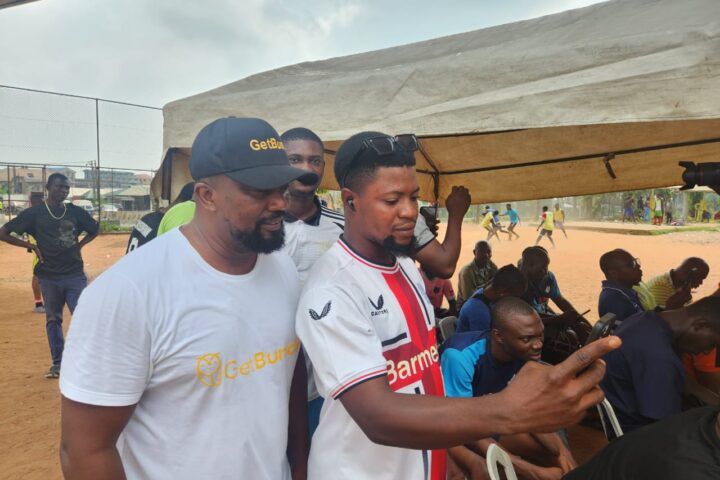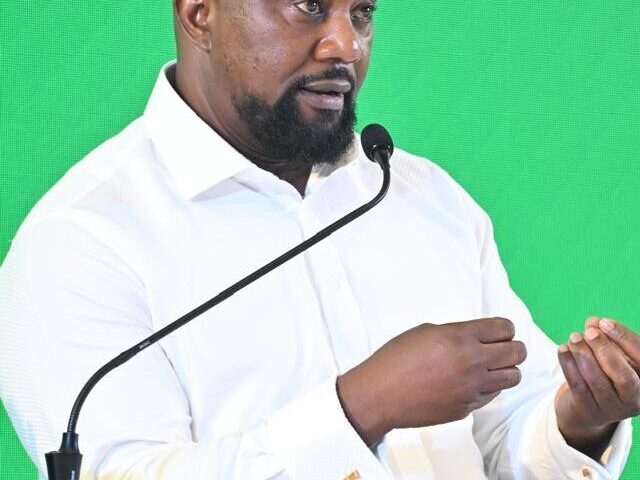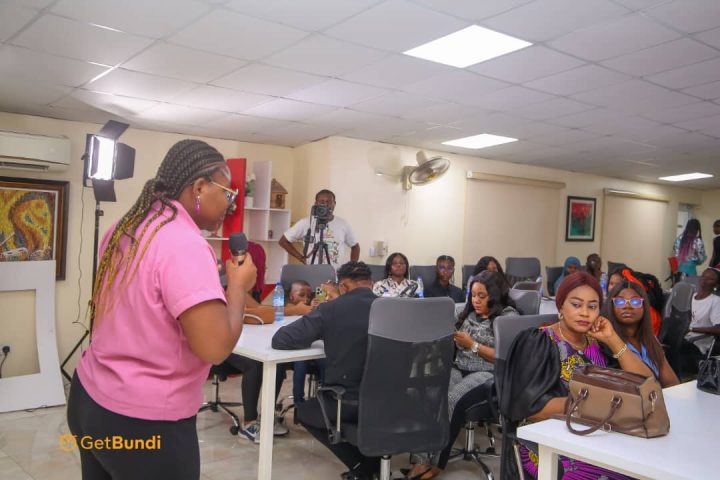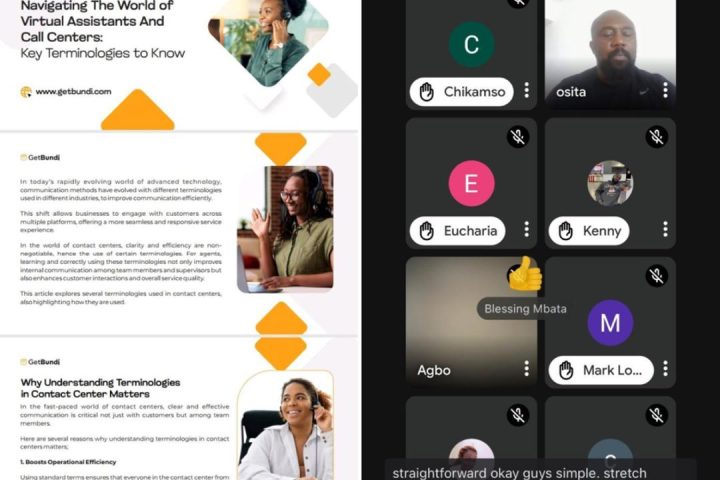Governments across sub-Saharan Africa have been called upon to embrace STEM learning considering its economic returns in terms of growth, poverty alleviation and social cohesion.
Osita Oparaugo, founder of GetBundi, an educational technology platform with special focus on STEM learning targeting post primary education, made this call on Monday 25th April, 2022 during a virtual conference organized by Wings of Justice Africa, the parent company of GetBundi.
Oparaugo said STEM learning encourages creativity, innovation, critical thinking, and problem-solving skills which are very relevant in the 21-st century world, and so prepares developing economies to compete in the global market. As such, countries in sub-Saharan Africa cannot ignore STEM learning, especially in this era of technological advancement.
Addressing proprietors of private schools in Africa at the event themed “The Secondary Education System Faces Challenges in Balancing Access, Quality, and Equity”, Oparaugo acknowledged that sub-Saharan Africa (SSA) has made significant progress in secondary school enrollment—from an overall net enrollment rate of 11% in 1970 to 32% and 22% for lower and upper secondary, respectively, in 2018, according to UNICEF 2019 report. He, however, observed that most of that increase happened in liberal arts and not science and technology.
“As more children complete primary school, demand for secondary education continues to increase, giving the governments and private school owners opportunity to rethink secondary education by focusing on science, technology, engineering and mathematics (STEM) taking into cognizance the nexus between STEM knowledge and formal work,” Oparaugo said.
He urged the governments to look at some of the issues that have caused the high rate of exclusions across sub-Saharan Africa because secondary education still favours the wealthy and urban kids against rural students, poor students, girls, disabled students, and internally displaced students and refugees.
“Sub-Saharan African countries must allocate more resources to expand access to secondary education so it serves not just elites but all students. Governments will need to balance expanding access with simultaneous improvements in both quality and equity. The magnitude of this challenge in the next few decades is historically unprecedented,” Oparaugo said.
“Improving access to secondary education and ensuring quality and equity will require significant policy changes and large investments of human and financial resources. It will also require greater investment in both primary and tertiary education since the secondary system is inextricably linked to, and influenced by, both,” he said.
He emphasized that the use of technology would go very far in improving access to, and quality of, secondary education in the region. This is because across the globe, educational technology is being deployed to improve the quality and delivery of primary, secondary and tertiary education.
“The use of various educational technologies can play an important, if limited, role in addressing some of these pressing challenges. ‘Limited’ because policy shifts and successful implementation will be the key to bolstering secondary education. But when part of an overall system of reform, with the right policies and support, governments can leverage the potential of technology to address some of the more vexing issues facing secondary education. These include issues surrounding access to education, content delivery, improving the quality of teaching and learning, and teacher professional Development,” he said.





